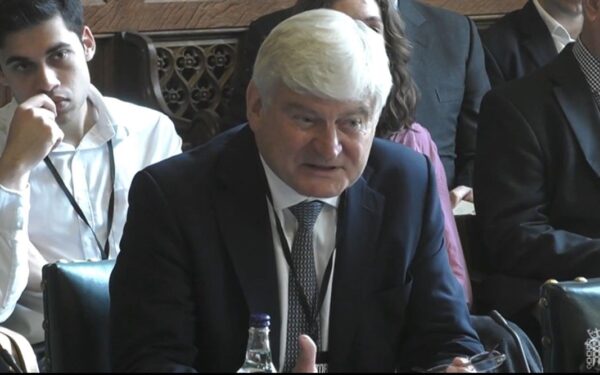According to figures released by the Office for National Statistics (ONS) this morning, the UK unemployment rate stood at 4.3% in the three months to July 2023. This rate came in line with consensus expectations and marked an increase of 0.5 percentage points relative to the three-month period prior. The change in the unemployment rate was driven by an increase in people unemployed for up to twelve months. The unemployment rate was last higher in the three months to August 2021. Meanwhile, the employment rate stood at 75.5% in May to July 2023, 0.5 percentage points lower than in February to April 2023. The quarterly decrease in the employment rate was mainly driven by full-time self-employed workers.
This morning’s data suggest an ongoing cooling of the labour market, with unemployment rising and hiring slowing. The unemployment rate has now picked up for three consecutive quarters, and the gradual increase in unemployment is reflective of broader conditions. The UK economy has witnessed a weak growth trajectory for much of the last two years, which is likely impacting firms’ demand for labour. This is corroborated by additional data released as part of today’s labour market bulletin, which showed vacancies falling on the quarter for the 14th consecutive period, to 989,000, signalling a weakening of firm’s hiring intentions.
This morning’s bulletin also covered earnings data. Annual growth in regular pay hit 7.8% in the three months to July, unchanged from the previous three-month period and matching the fastest rate since comparable records began in 2001. Meanwhile, annual growth in total pay averaged 8.5%. These elevated pay growth rates were supported by a number of policy changes implemented during the quarter. This includes an inflation adjustment to the National Living Wage in April, supporting pay growth for workers at the bottom end of the income spectrum, alongside one-off payments made to NHS and Civil Service staff in June and July, which in turn impacted the single month data on total pay growth. For instance, annual growth in total pay for the public sector jumped to 19.8% in June, before easing to 10.5% in July, though both figures are markedly up on the 6.2% in May. At the aggregate level, these factors ushered growth in real terms for both total and regular pay, with inflation-adjusted wages rising by 1.2% annually for the former and 0.6% for the latter in the three months to July. In addition to labour market factors, the return to real terms pay growth was supported by the continued easing of the rate of inflation.
Today’s data comes as the Bank of England’s (BoE) Monetary Policy Committee (MPC) reconvene later this month to decide on monetary policy. Senior officials from the BoE’s MPC, including Governor Andrew Bailey, and BoE Chief Economist Huw Pill, have recently stated that further rate hikes may not be necessary. Instead, they advocated for maintaining interest rates at its current restrictive level for some time to fully curb out demand-side pressure. Yet today’s data on sustained, elevated wage growth will likely reinforce concerns over the enduring nature of inflationary pressures, specifically that of second-round inflationary impacts due to a wage-price spiral. As such, Cebr still expects the Bank of England to see today’s strong pay growth figures as evidence for further monetary tightening, thereby yielding a 25 basis point hike at the MPC’s next meeting in September. Consequently, pressure on businesses from tighter interest rates and other headwinds is expected to continue for the rest of the year, with firms expected to rein in their labour demand, bringing further increases in the unemployment rate. Cebr is forecasting a peak in the unemployment rate of 4.9% in Q1 and Q2 of next year.
Pushpin Singh is a Senior Economist at Centre for Economics and Business Research




